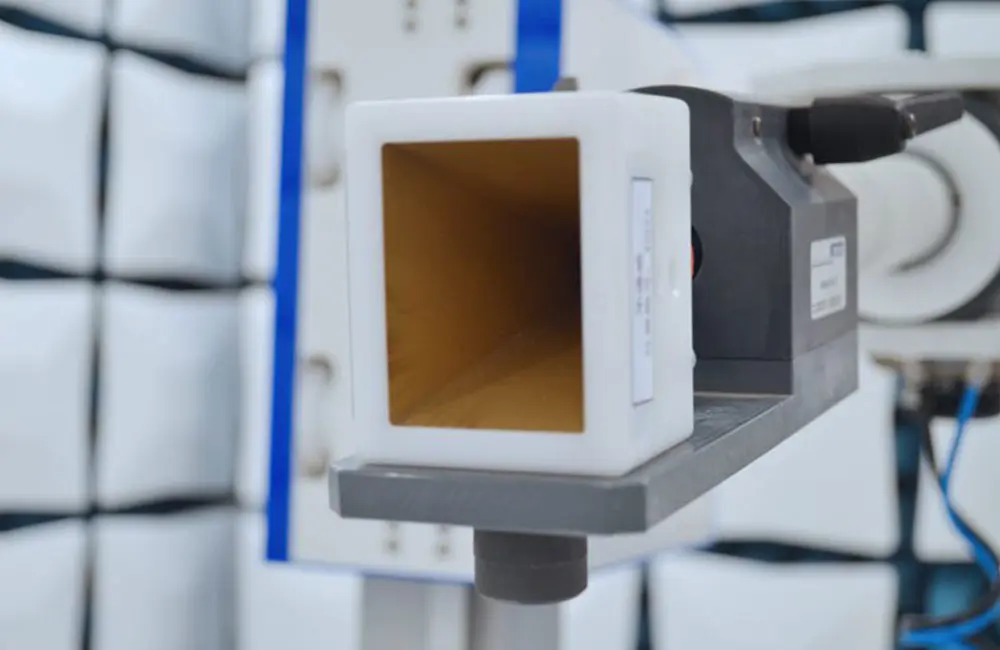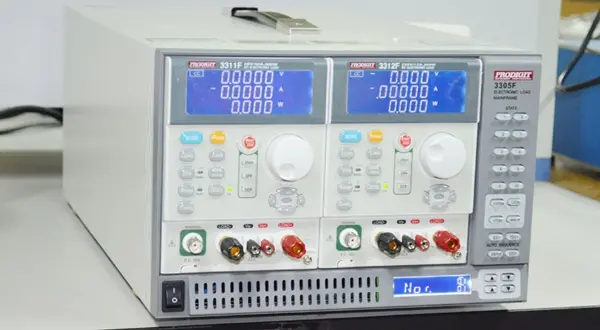
CPSC Certified ASTM F963-23 Testing Laboratory
The relevant provisions of ASTM F963-23 are mandatory third-party testing requirements stipULated by the U.S. Children’s Product Certificate (CPC). Toys intended for children under 14 years old must undergo testing for ASTM F963-23 and cpsia regulations at a CPSC-recognized third-party laboratory before a CPC certificate can be issued.
China JJR Laboratory's Shenzhen facility has been officially accredited by the U.S. CPSC for astm f963-23 testing. Additionally, China JJR Laboratory is an authorized partner laboratory for Amazon, qualified to issue Amazon-recognized CPC certificates.
For children's toy products exported to the U.S., such as plush toys, plastic toys, wooden toys, metal toys, electronic toys, and modeling clay, China JJR Laboratory offers comprehensive cpc testing services.
Major Updates in ASTM F963-23
On October 13, 2023, ASTM International released the revised consumer safety specification for children's toys, ASTM F963-23. This standard will become mandatory on April 20, 2024. Compared to the previous astm f963-17 version, this update introduces significant changes, including:
- Heavy Metals in Base Materials: A new clause describes exemptions for certain materials and scenarios, aligning with previous CPSC decisions regarding third-party testing exemptions.
- Phthalates (8P): The phthalate control requirements have been updated to 8P, ensuring consistency with the control limits, test methods, and materials specified in 16 CFR 1307.
- Sound-Emitting Toys: The definition of push-and-pull toys (formerly "push/pull toys") and tabletop, floor, and crib toys has been revised to reduce inconsistencies in determining appropriate testing methods and noise limits.
- Battery Accessibility Requirements:
- Abuse testing now applies to toys intended for children over 96 months.
- Screws securing battery compartments must not detach after abuse testing and must remain attached to the toy or battery compartment to prevent loss.
- Special tools provided with the toy for opening the battery compartment must be referenced in the instruction manual.
- Expanding Materials: The regulatory scope has been expanded to include non-small-part expanding materials. Additionally, corrections have been made to test gauge tolerance errors.
- Projectile Toys: The clause order has been adjusted for better logical flow, and Note 35 has been removed.
- Labeling & Instructions: New requirements include traceability labels and special tools provided for opening battery compartments.
About China JJR Laboratory
China JJR Laboratory's toy testing facilities are accredited by CNAS, CMA, UKAS, and CPSC. It is a designated Notified Body (NB) for EU CE certification and an authorized testing laboratory for ccc certification of toy products.
Email:hello@jjrlab.com
Write your message here and send it to us
 LED Lighting EMC Testing Service
LED Lighting EMC Testing Service
 EU REACH Compliance Testing Services
EU REACH Compliance Testing Services
 Electronic and Electrical Reliability Testing Serv
Electronic and Electrical Reliability Testing Serv
 Electronic & Electrical Safety Compliance Test
Electronic & Electrical Safety Compliance Test
 Shenzhen Electronic Electromagnetic Compatibility
Shenzhen Electronic Electromagnetic Compatibility
 How to Test IP68 Rating
How to Test IP68 Rating
 Differences Between FDA and LFGB for Food Contact
Differences Between FDA and LFGB for Food Contact
 Process and Precautions for Amazon CPC Certificate
Process and Precautions for Amazon CPC Certificate
Leave us a message
24-hour online customer service at any time to respond, so that you worry!




